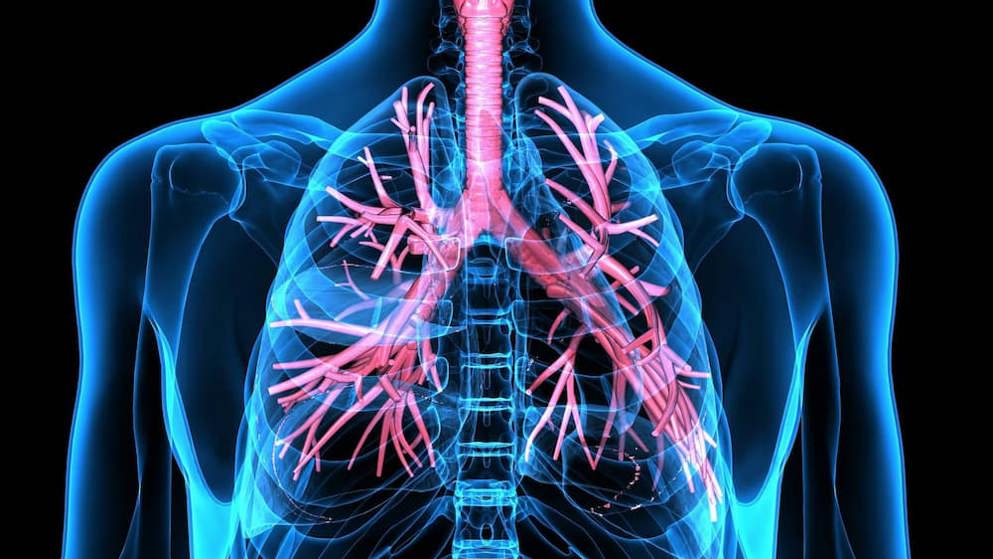Positive results from Phase III trials of Stiolto Respimat Inhaler (tiotropium/olodaterol fixed-dose combination) for COPD-Boehringer
Boehringer Ingelheim has announced new data analyses from the pivotal Phase III TONADO 1&2 studies, which explored the efficacy and safety of investigational fixed-dose combination tiotropium/olodaterol delivered by the Respimat inhaler for chronic obstructive pulmonary disease (COPD) compared to the individual components (tiotropium or olodaterol) alone delivered by the Respimat inhaler. It shows that after 24 weeks of treatment, tiotropium/olodaterol Respimat 5/5 mcg improved lung function, as measured by trough FEV1, compared to tiotropium Respimat 5 mcg in patients who were untreated and previously treated with maintenance bronchodilator therapy (mean increase 76 mL and mean increase 48 mL, respectively).
Additionally, tiotropium/olodaterol Respimat 5/5 mcg provided statistically significant improvements in lung function, as measured by trough FEV1 and FEV1AUC0-3, compared to tiotropium Respimat 5 mcg and olodaterol RESPIMAT 5 mcg alone in patients across all COPD stages. Tiotropium/olodaterol Respimat 5/5 mcg also demonstrated statistically significant improvement of lung function over tiotropium Respimat 5 mcg and olodaterol Respimat 5 mcg irrespective of whether patients were taking inhaled corticosteroids (ICS) at the start of the trials. Finally, tiotropium/olodaterol Respimat 5/5 mcg had a comparable safety profile to tiotropium Respimat 5 mcg or olodaterol Respimat 5 mcg alone. These data analyses were presented at the American Thoracic Society (ATS) 2015 International Conference.

